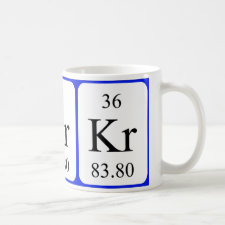
Authors: Malik MI, Shaikh H, Mustafa G, Bhanger MI
Article Title: Recent Applications of Molecularly Imprinted Polymers in Analytical Chemistry.
Publication date: 2019
Journal: Separation & Purification Reviews
Volume: 48
Issue: (3)
Page numbers: 179-219.
DOI: 10.1080/15422119.2018.1457541
Abstract: The increased complexity of sample matrices resulted in the requirement of specific and sensitive molecular recognition systems. Although molecular imprinting is an old idea, its potential as molecular recognition tool in analytical chemistry has been revived in recent times. This review intended to comprehensively discuss and evaluate the recent progress in the applications of molecularly imprinted polymers (MIPs) in analytical chemistry. A concise introduction for new readers in the field is followed by the comprehensive critical review of these developments in MIP technology and their applications in analytical chemistry. This review is divided into three sections namely, extraction, sensors and chromatography. The three sections are further separated into several sub-sections. The applications related to compound extraction are subdivided into extraction of toxins and bioactive compound extraction. MIPs as sensors are subdivided into luminescence probes, surface plasmon resonance (SPR) sensors, quartz crystal microbalance (QCM) and electrochemical sensors. Finally, the MIP applications as stationary phase for chromatography are elaborated. This section is subdivided into HPLC and capillary electrochromatography (CEC). The significant aspects of applications of the molecular imprinting polymers in analytical chemistry are evaluated focusing majorly on literature appeared in last five years
Template and target information: review - MIPs in analytical chemistry
Author keywords: molecular imprinted polymers, analytical chemistry, extraction, sensors, chromatography



Join the Society for Molecular Imprinting

New items RSS feed
Sign-up for e-mail updates:
Choose between receiving an occasional newsletter or more frequent e-mail alerts.
Click here to go to the sign-up page.
Is your name elemental or peptidic? Enter your name and find out by clicking either of the buttons below!
Other products you may like:
 MIPdatabase
MIPdatabase









